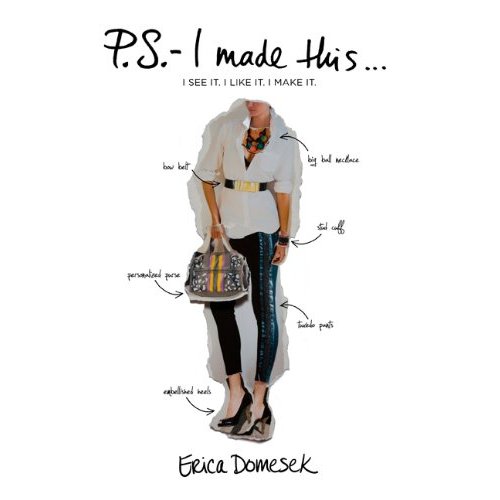 For those of you who seem to be nearing an age where you are ready to dispose of some of the accumulation of your youth, I ask you, “What do you do about all of your books?”
For those of you who seem to be nearing an age where you are ready to dispose of some of the accumulation of your youth, I ask you, “What do you do about all of your books?”
New books are like precious kittens. We get a new book, we cuddle it, sometimes it lies prominently next to our most comfortable chair. Some books win the prize of becoming our bedside companions. Either way, we read the book, shelve it and move on to the next one that purrs loudly.
My 25 year old daughter and I were perusing a used book store in Hudson, NY, and I marveled at how everything old was new to her. We came home with armfuls of books. Many of the books she chose I had read years ago. Her enthusiasm made me realize that some books have staying power. I also started to rethink how I would recycle the massive volumes of books we’ve amassed (and still accumulate).
Here is a sampling of some of the non-fiction books she nabbed: The Time/Life Foods Of The World cookbook series from the late 60’s. These books where the first of their kind, as they introduced my parent’s generation to the world of international cooking. The Whole Earth Catalog was the evolutionary mega-manual that taught a whole generation how to tread lightly on the planet. I had a tattered copy that I gave to the local library when she was just a tot and now that I've taken a fresh look at it, it is amazing how far (and not so far) we've come on the environmental front. She grabbed a few of The Foxfire Books. They were one of the first series of DIY books (Boy Scout manuals withstanding) with an environmental backbone. They have the step-by-step instructions for creating everything from tying knots to building outdoor furniture. Lastly, she chose the 1960’s classic, Be Here Now. This is the book that sent so many inspired seekers on their spiritual journeys.

Throughout our dusty adventure, I couldn’t contain myself from mumbling, “Oh, I had that book. It's a classic.” And, she would say, “So, mom should I buy it or can I have it?” Well, some of those books I’ve kept, others went to library sales or were given away years ago.
How do you know whether or not to donate a book away? In a New York Times interview with Francine Prose (a favorite local author), she talks about the way she edits her book collection:
"Two years ago, I re-organized my library, and gave away 20 cartons of books, culled according to the following general principles:"
1. Unless you are an Egyptologist, you only need one, at most two, enormous coffee table books on the Art of the Pharaohs.
2. If a country, like Czechoslovakia, no longer exists, it’s unlikely that you’ll want to take the travel guide along with you when you go.
3. If the reproductions in an art book are so fuzzy and blurred that you can’t tell the work of the Impressionists from that of the Pointillists, or even from the Surrealists, get rid of it.
4. Ask yourself the following hard question and answer honestly: If I live to be 100, will I read this book again?"
When asked whether Prose regretted giving away any of the books, her answer was, “Of all the books I gave away, the only loss I regret (or have even noticed) is the Book of Knowledge, the 25 volumes took up an entire shelf and I had to lose it for the same reason I gave away all those other books: to make room for more books.”
So how do you do it? Which books settle their spines onto your shelves for life and which do you toss?
Photo Credits: Flickr, Cole Haan
 Here’s what often happens to me: I am inspired by ideas and new products that I think could be easily made. That was the case this morning while I was pointing and clicking around the blogosphere. I spied this stunning handmade white matte-satin pot over on Swissmiss. It was created by Paige Russell. The pot appeared to be cradled by a sweater sleeve. Tea cozies are not generally my thing, pharm but this one spoke to me. Not only was it beautiful, cheap cialis it totally made functional sense.
Here’s what often happens to me: I am inspired by ideas and new products that I think could be easily made. That was the case this morning while I was pointing and clicking around the blogosphere. I spied this stunning handmade white matte-satin pot over on Swissmiss. It was created by Paige Russell. The pot appeared to be cradled by a sweater sleeve. Tea cozies are not generally my thing, pharm but this one spoke to me. Not only was it beautiful, cheap cialis it totally made functional sense.







